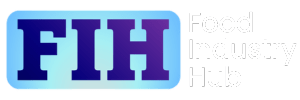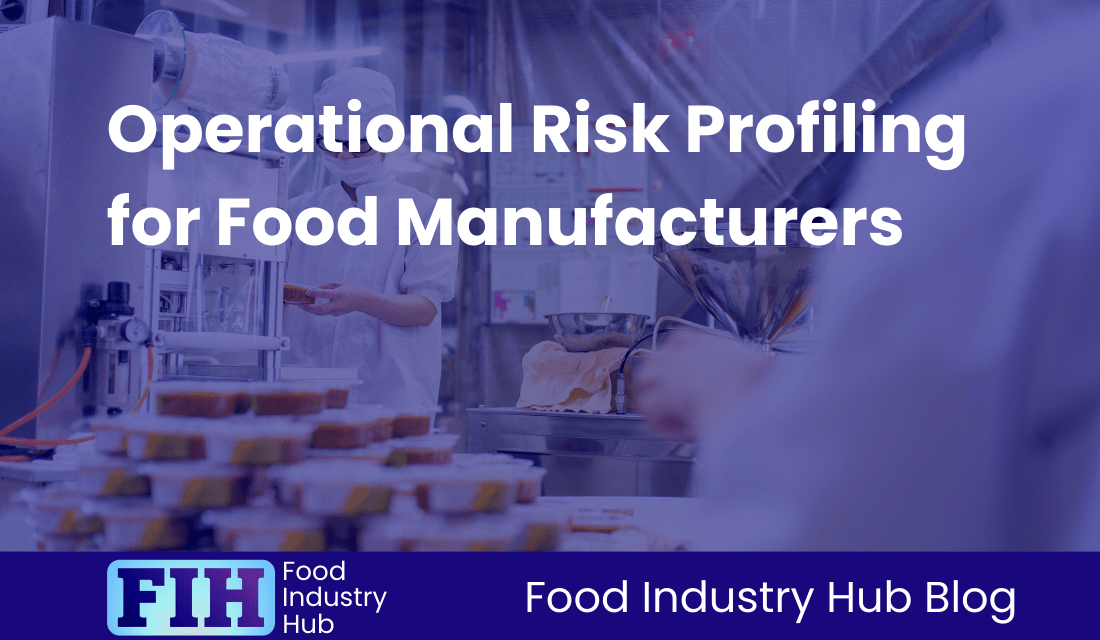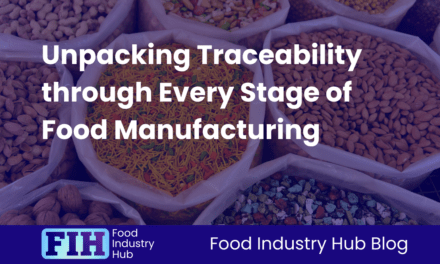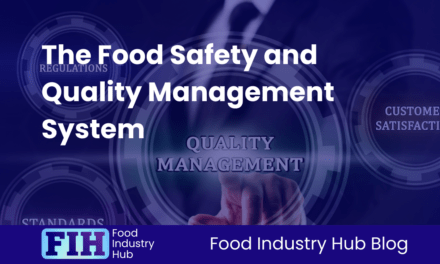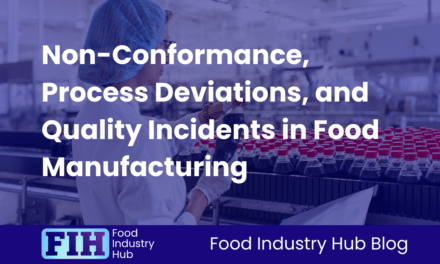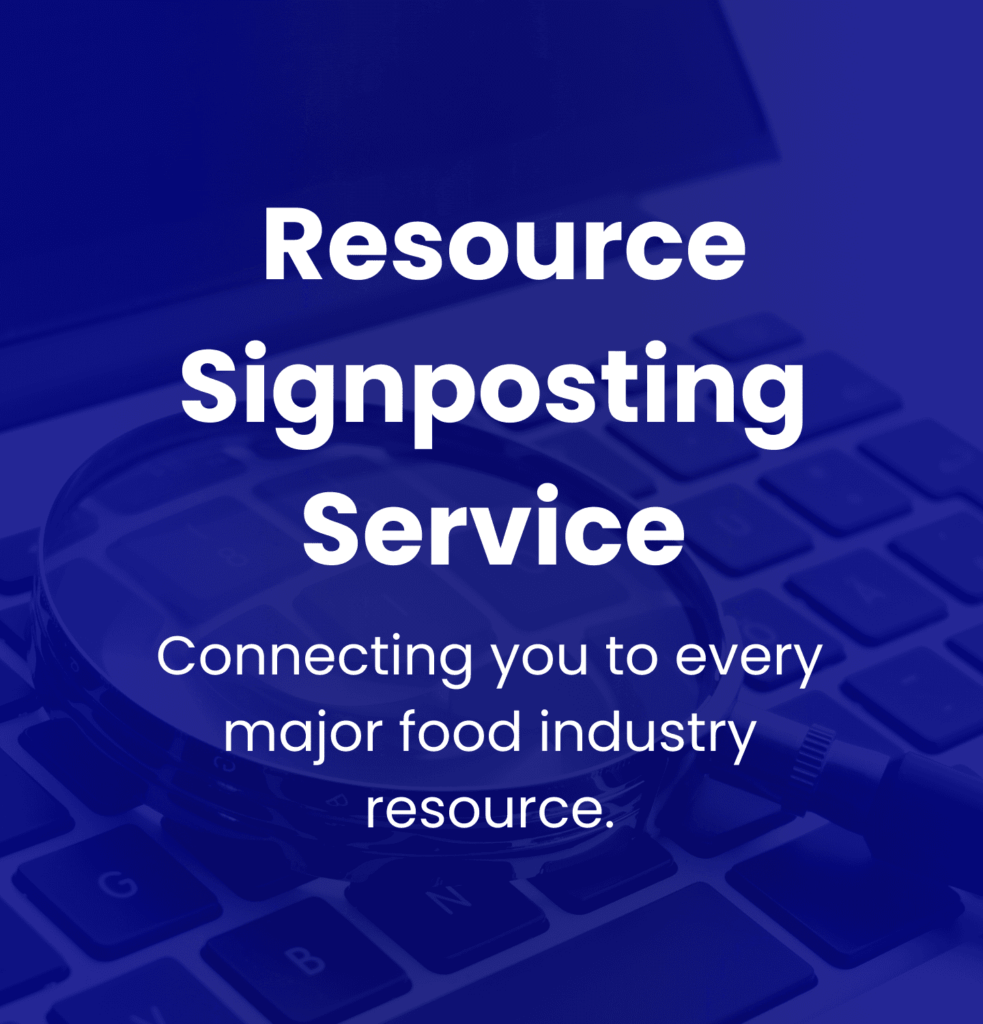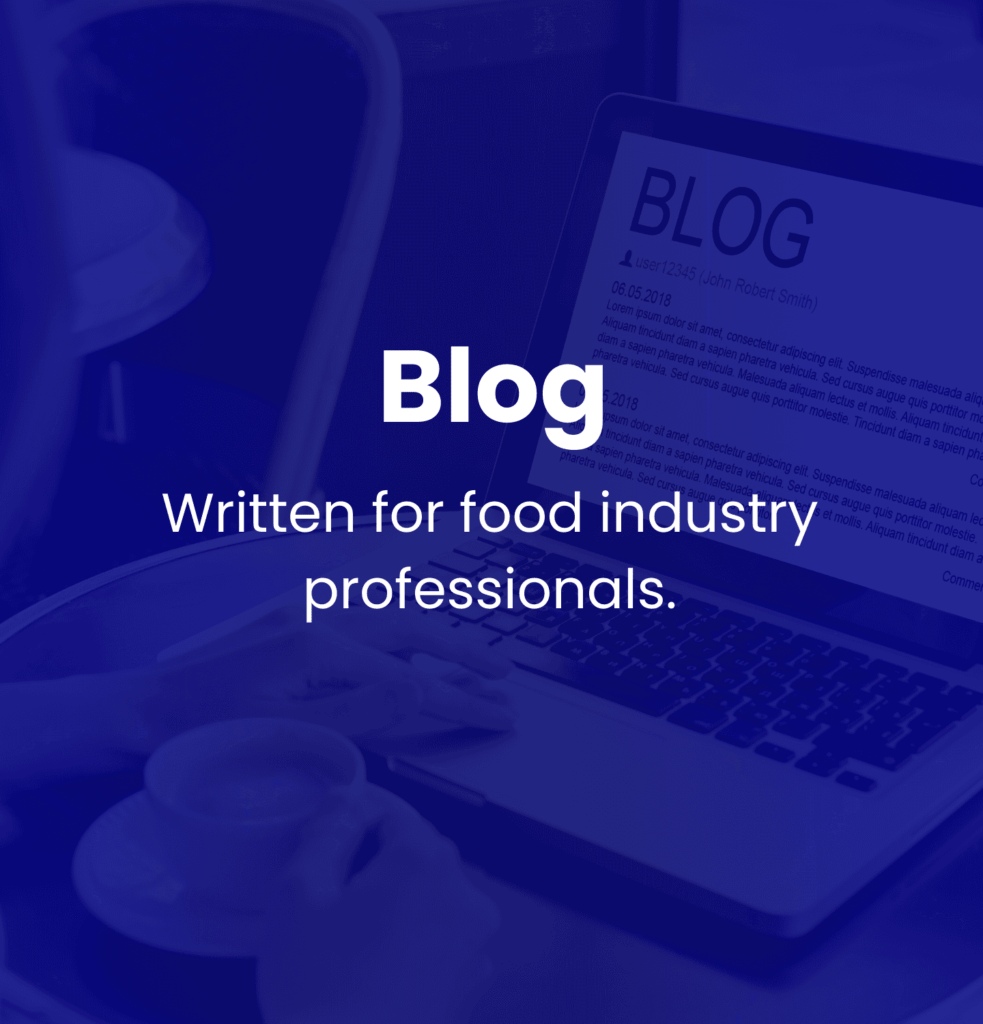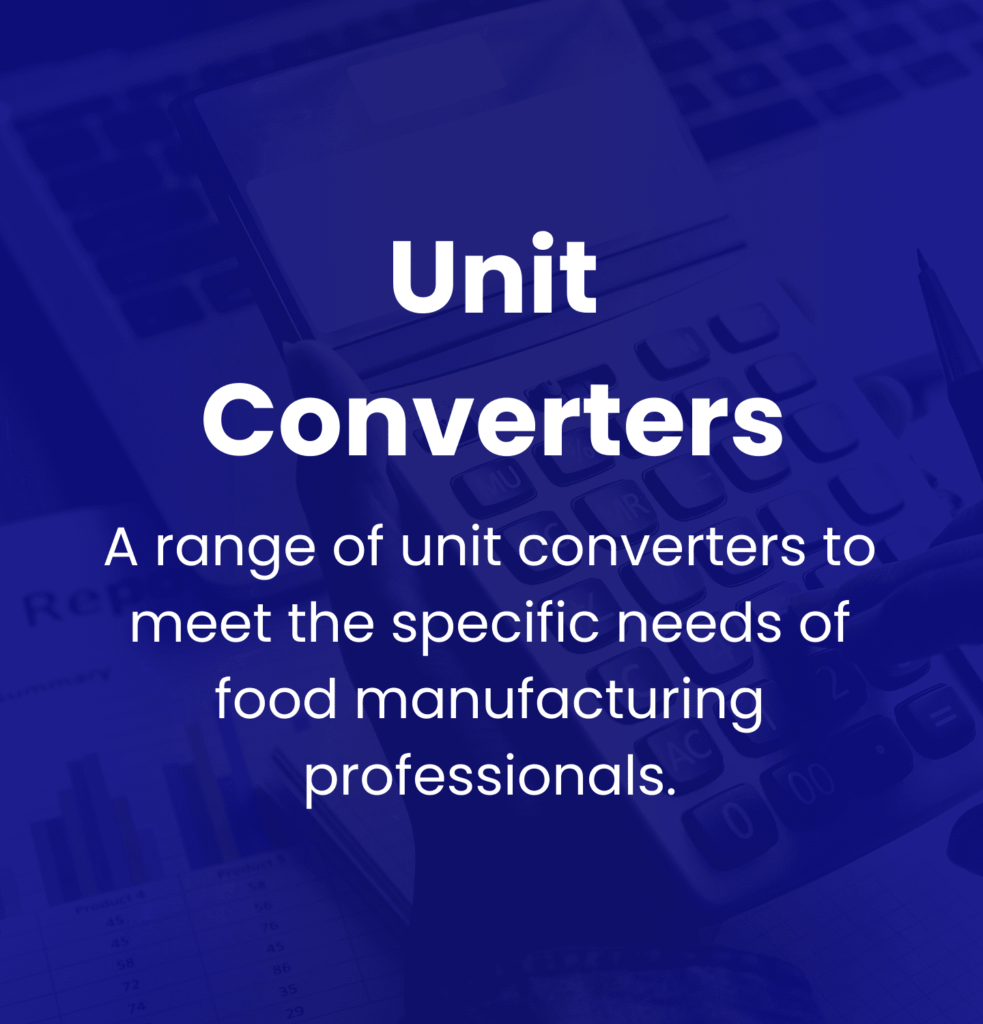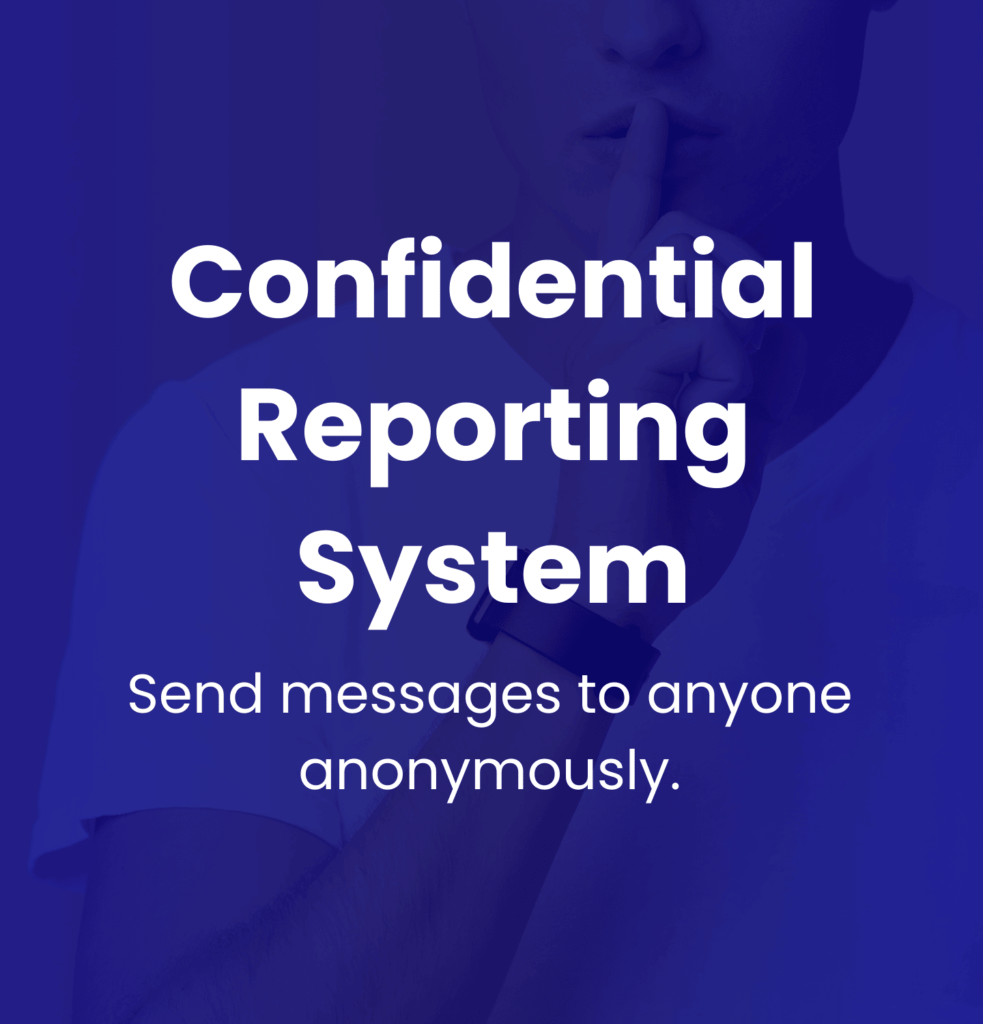Introduction
All businesses are subject to risk, with categories of risk including competition, reputational risks, financial, economic, and political hazards. The scope of this post is limited to food safety, quality, legality, and authenticity risks, and we’ll look at a range of hazards that all food manufacturers should be conscious of when evaluating the risk profile for operations. We’ll address food safety, quality, authenticity, and legality risks – and the way those risks can be introduced through product and process.
As we dive into the topic, you’ll be interested to know that Food Industry Hub offers integrated management systems for food manufacturers, which you can use to strengthen your assurance processes.
Table of Contents
Food Safety Risks
Food safety risks generally come in the form of physical, chemical, microbiological, and allergenic hazards.
The site’s HACCP plan is intended to safeguard food safety and legality against these hazards.
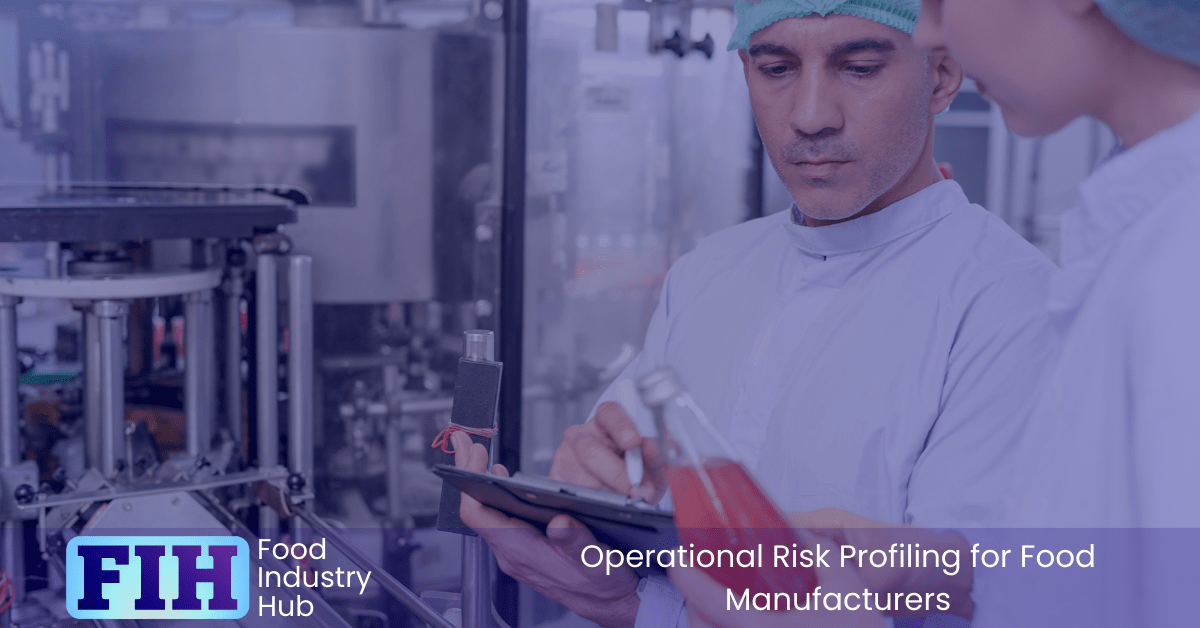
Food Industry Hub Management Systems can significantly boost the effectiveness of your food safety and quality management system, leading to improved confidence and elevated quality assurance throughout your operations.
Physical Hazards
Physical risks to product safety can be largely grouped into intrinsic and extrinsic foreign bodies or contaminants.
‘Intrinsic foreign material’ refers to physical material present within, or inherently associated with, the food material. Examples can include bone associated with meat or poultry products, Shell associated with nuts, and extraneous vegetable matter (leaves, stalk, stem) associated with fruit. The degree of risk to the consumer will depend on the nature of the contaminant, but can include injuries to the mouth and teeth, choking risks, and internal injuries if sharp contaminants are swallowed.
‘Extrinsic foreign material’ refers to foreign material that has contaminated the food from an external process or environmental sources. examples can include mineral stones that have contaminated raw materials at harvest, environmental contaminants like glass and plastic, and process contaminants such as metal wear from manufacturing equipment. The severity of risk to the consumer can be significant where extrinsic foreign bodies are concerned, especially with foreign bodies that are sharp and persist throughout the digestion process.
The risk profile for physical hazards depends on the possibility and likelihood of contamination, risk mitigation tactics employed by the food business designed to decrease the risk of contamination, the effectiveness of foreign body detection and removal equipment, and emerging trends identified by the quality management system.
Intrinsic foreign body risks associated with raw materials should be captured in the raw material specification, stipulating acceptable tolerances. In effect, the likelihood of contamination becomes a specification parameter. Risk mitigation depends on preferentially selecting grades of raw materials with the lowest commercially available tolerance for intrinsic foreign bodies, coupled with supplier approval and performance monitoring processes designed to identify and penalise suppliers of non-conforming material.
Extrinsic foreign body risks are usually associated with environmental (including people) and processing contaminants. Food manufacturers have far greater potential to mitigate risks from extrinsic foreign bodies compared to intrinsic contaminants because the environmental and processing conditions are under the direct control of the food manufacturer. That said, there can be a vast range of potential routes to contamination in a processing facility and so the overall possibility for contamination can be hard to control. Risk mitigation depends on a holistic range of quality assurance processes, Including Internal and external site standards, equipment maintenance, housekeeping and hygiene processes, and segregation controls – supported and enforced by a schedule of inspections based on risk. For extrinsic foreign bodies, the likelihood of contamination is a reflection of the effectiveness of the risk mitigation systems employed by the food business.
Foreign body detection and removal equipment Has the overall effect of improving the risk profile for contamination of the finished product. Examples include sieves, magnets, metal detection, and x-ray equipment. Every particular instance of foreign body detection and removal equipment Has associated strengths and weaknesses – so for example, Physical contaminants will only be removed by sieving if their particle size is greater than the mesh size of the sieve, and an x-ray will only identify material dense enough to allow detection.
The use of foreign body detection and removal equipment can never completely eliminate risk and should be regarded as a precaution in the context of the site HACCP plan.
If the quality management system highlights an emerging trend for increased incidence of foreign body contamination in product or circumstances that may lead to foreign body contamination (for example, risks identified at scheduled inspections), then the food safety risk profile should reflect increased risk as an outcome. Ideally, trending should be sufficiently targeted to enable root cause analysis and systemic risk mitigation to regain control over developing hazards. For an example, machine wear identified at a scheduled maintenance inspection should be identified and factored into the planned preventative maintenance schedule so that in the future, parts can be serviced or replaced at a frequency sufficient to eliminate or reduce as far as possible any foreign body risks associated with machine degradation over use.
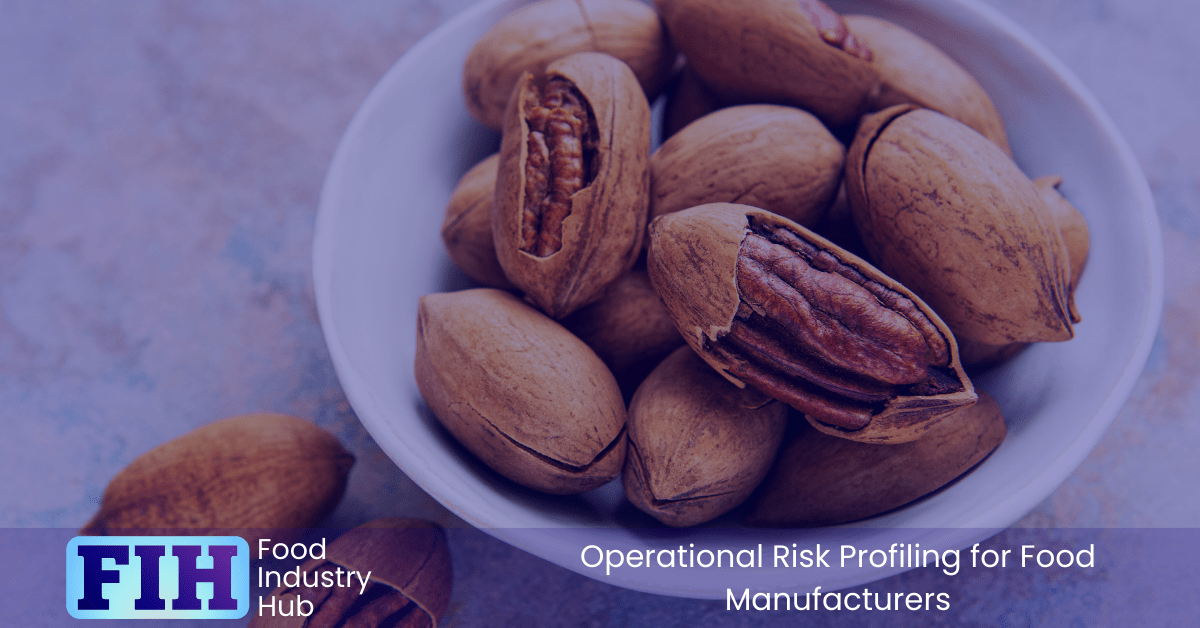
Sign-up for the Food Industry Hub Mail Service
We regularly produce new content for food industry professionals, and the Food Industry Hub Mail Service is the best way to stay up to date with the latest additions.
Signup today to be added to the Food Industry Hub mailing list.
Chemical Hazards
Much like physical contaminants, chemical risks to product safety can manifest in a variety of forms and it is practically useful to regard chemical contaminants as originating from raw materials, environmental sources, or processing conditions.
Raw materials can be affected by a wide range of chemical contaminants. examples include pesticides, toxins, heavy metals, dioxins, polycyclic aromatic hydrocarbons, etc. Risk mitigation for food manufacturers can include specification review, supplier approval and ongoing performance monitoring processes, and surveillance testing carried out on materials based on risk assessment.
Environmental sources of chemical contamination for food manufacturers typically concern cleaning chemicals and engineering chemicals. In both cases, chemicals used in the manufacturing facility should be suitable for use in a food manufacturing environment and subject to controls designed to reduce the possibility of contamination. cleaning processes should be validated to ensure that any detergent present on food contact surfaces is reduced to below the maximum residual level prescribed by law where applicable post rinse. All chemicals should be suitably assessed with safety data sheets and specifications demonstrating their appropriateness for use. Access to chemicals should be restricted and the use of strongly scented chemical products should be avoided.
Processing conditions can introduce chemical hazards in a variety of forms. For example, food materials high in fatty content can go rancid over time in storage – which can ultimately lead to deviations in free fatty acid content and peroxide value. Combining hydrogen with vegetable oils can result in partially or totally hydrogenated fats. Thermal processing can lead to the formation of acrylamide, depending on the composition of the food and the temperature it is exposed to. Food manufacturers are responsible for understanding the types of chemical risks that may be exacerbated through processing conditions and minimising consumer impact as far as possible.
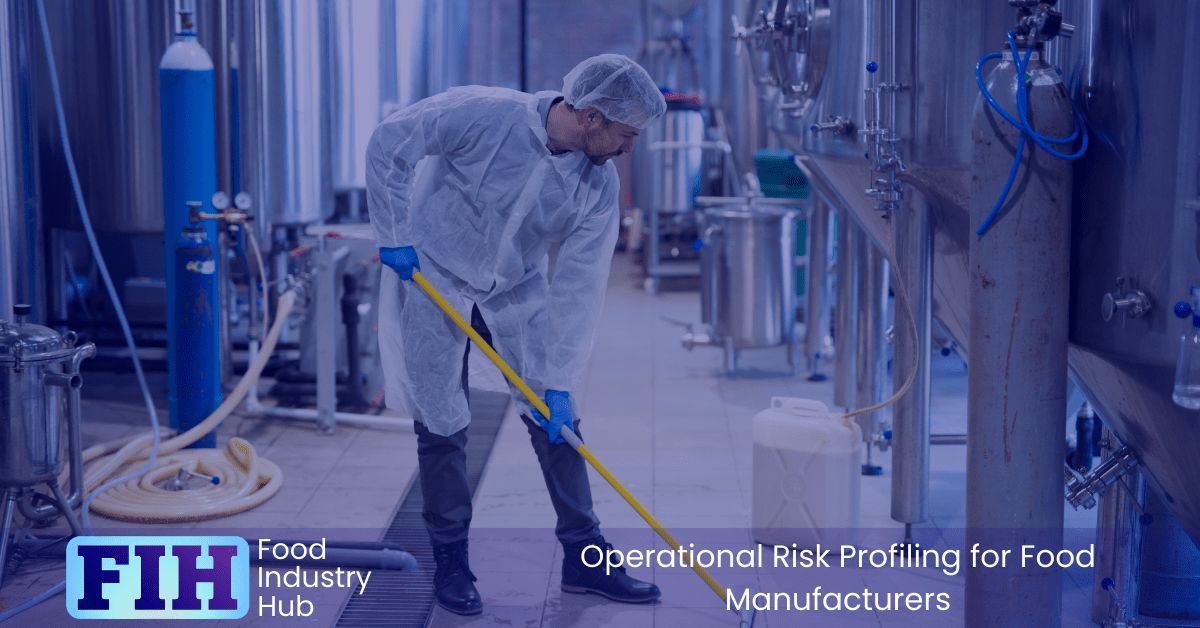
Microbiological Hazards
Microbiological hazards comprise pathogenic and spoilage microorganisms, though it could be argued that spoilage microorganisms are a quality concern rather than a food safety concern. For the purposes of this article, ‘microbiological hazards’ will be addressed as a food safety concern.
A sensible discussion of microbiological risk can only take place within the context of an established HACCP plan, determining whether the food is high risk or will be subject to further processing with the effect of reducing the micro load to safe levels. As a generalisation, food with a composition that would support microbiological proliferation can be considered high risk when it is ready to eat without further cooking. In a food manufacturing environment, the risk profile for microbiological hazards depends heavily on the position of the processing step in the overall manufacturing sequence because the occurrence (or not) of thermal processing or some other kill step at a subsequent point in the manufacturing process has a deterministic impact on the risk associated with the food material.
Risk mitigation for food manufacturers depends on a range of quality assurance processes, including environmental and personal hygiene controls, temperature control in storage and processing areas, segregation and linear process flow, verification of processing effectiveness (especially where cooking is a critical control point), analytical testing and positive release.
to illustrate the dependency of microbiological risk on processing context, a bakery might manufacture bread rolls using wheat flour as the principal ingredient. Raw wheat flour can have a specification tolerance of 1,000,000 cfu/g TVC and is not safe to eat, but this doesn’t affect the microbiological risk applied to the finished product because the bread rolls are subject to thermal processing at the baking stage.
by contrast, if raw flour were to be applied to the bread rolls after the baking process, then that would introduce an unacceptable biological hazard.
With all of this in mind, Microbiological hazards cannot be risk-assessed in isolation – a plethora of considerations ranging from raw material characteristics, environmental factors (including cross contamination), process step, composition, and stability of the food that play into the risk outlook. Essentially, the microbiological stability of the food is taken in the context of its position on the process flow relative to the kill step (for example, cooking or pasteurisation) to determine the standards required from environmental and personal hygiene, raw material spec requirements, storage and distribution conditions as well as environmental conditions in the factory, and surveillance testing or positive release.

Allergenic Hazards
Allergy reactions can be fatal, so a fault related to allergens would be considered very high severity. The interesting distinction between allergen risks and the other food safety hazards is that allergens can be intentionally present in food whereas it is unacceptable to place onto the market food which is unsafe for physical, chemical, or microbiological reasons.
Since allergens can be present by design, the presence of an allergen isn’t necessarily a fault – provided that the allergen status of the food is clearly indicated on the product label and specification according to the regulations applicable in the intended market. The risk is that food could be placed onto the market that contains allergens not indicated on the label.
Under normal conditions, a composite product’s allergen profile is ‘contains’ for any category of allergen intentionally present as an ingredient, with precautionary alibi labelling (may contain) for any allergen not present in the recipe, but at risk of contamination. There may be a risk of contamination where the product is manufactured on the same production equipment as an allergen not present in the recipe, or where raw materials used in the recipe are subject to contamination at the suppliers’ processing facility, for example. Provided the allergen profile of the food is accurately presented on the label, the risk profile for the food is desirable because consumers are made aware of the allergen status and any allergy sufferers can avoid the product.
There are 3 clear ways undeclared allergens can be present in food:
– Defective risk assessment of the finished product or errors at specification writing or pack copy generation resulting in inaccurate labels.
– Unintentional contamination from faults at material segregation from receipt of raw materials through dispatch and transport of finished products.
– Faults at labelling and pack control. The label on the pack is not a reflection of the actual contents.
Risk mitigation for allergens is reliant on excellent technical and administrative systems as well as robust operational controls.

Food Quality Risks
Food businesses are exposed to customer/consumer dissatisfaction risks based on quality, with possible outcomes including brand damage (potentially amplified by social media), complaints, and loss of business.
Objective Failure to Meet Specification or Conform to the QAS
Non-conformance with the specification and/or quality attribute sheet can arise when a break-down in the quality assurance systems designed to achieve consistency, or the quality control systems designed to identify and reject non-conforming materials. Everything from raw material selection through process control and inspection/release of finished products can influence quality characteristics or the presentation of defects. The system of controls will be both process-specific and product-specific, so the objective is to align all operational processes around the fulfilment of quality expectations and aim for 100% conformity in dispatched product.
The quality risk profile of a food business is exposed to depends on its ability to accurately define the quality characteristics of each product in its specification and quality attribute sheet, and employ sufficient processing controls to ensure a consistent quality of product in conformance with those characteristics.
‘Like/Dislike’ (Subjective / Preference / Organoleptic) Faults
A certain incidence of subjective complaints does not necessarily indicate a fault. It’s simply the case that over the course of enough transactions, the business is expected to receive a certain rate of subjective complaints irrespective of whether or not there’s a fault with the product or service. For risk management, this kind of fault reporting should be recorded and occasionally reviewed; but the existence of this type of quality complaint doesn’t necessarily indicate a fault. On the other hand, a really high number of subjective complaints can indicate that the product characteristics were not correctly aligned with the customer’s preferences – and if that’s the case, the quality management system should identify as much and feed that information back to the development function and senior management.
For subjective fault reporting, it’s useful to consider incidence and trending. If a bakery sells a batch of 10,000 loaves of bread and receives 1 complaint that the product seemed dry and stale, then the subjective complaint can just be attributed to isolated mishandling in the supply chain or the consumer’s individual quality perception. On the other hand, receiving 500 similar complaints would be a very strong indication of a fault.
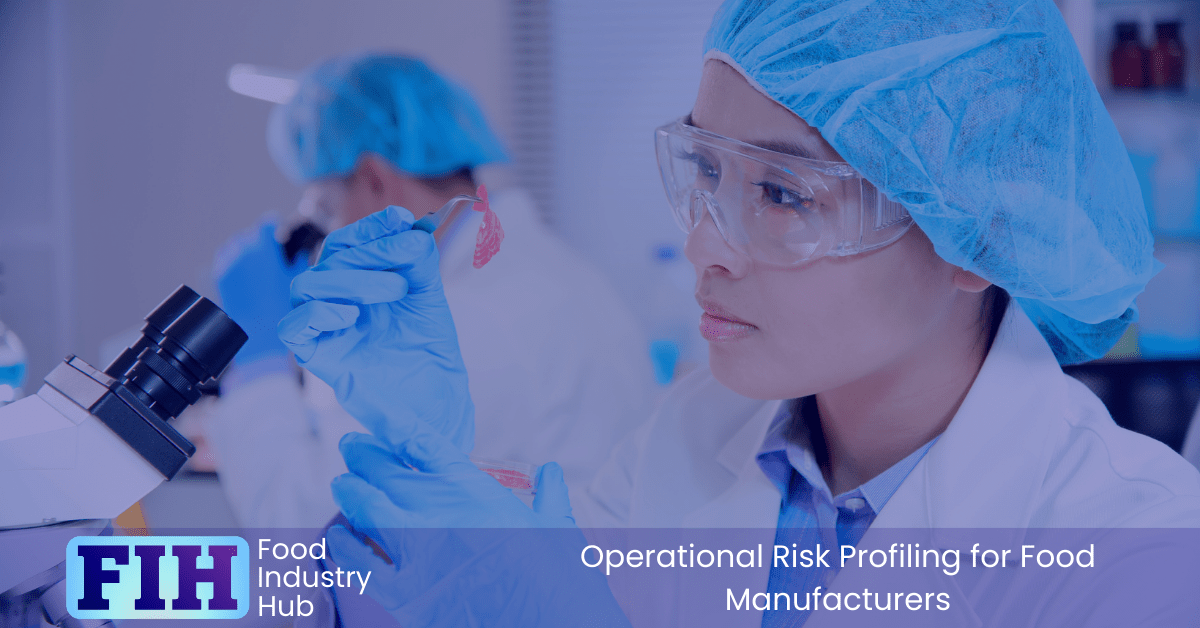
Food Legality Risks
Noncompliance with applicable laws and regulations can have major consequences for food businesses, potentially including fines, enforcement orders, mandated recalls, and closure of business.
There are a wide range of regulations that apply to some or all food businesses, governing concerns such as:
– Food hygiene conditions in processing, storage, and distribution.
– Requirements for delivering food information to consumers.
– Maximum limits for contaminants, pesticides antibiotics, additives, etc.
– Compositional requirements for particular designations of food; such as semi-skimmed milk, chocolate, jams and preserves, etc.
– Regulation of product claims; such as ‘source of protein’ and ‘reduced fat’.
Each individual food business will be subject to a different selection of regulations depending on the characteristics of each of its products. Risk mitigation relies on the ability of the business to identify all applicable laws and regulations, and implement robust systems and procedures for compliance. Due to the complexity of the regulatory framework and technical difficulty in identification, interpretation, and application of applicable laws, it’s often prudent to seek advice from advisory services such as Campden BRI.
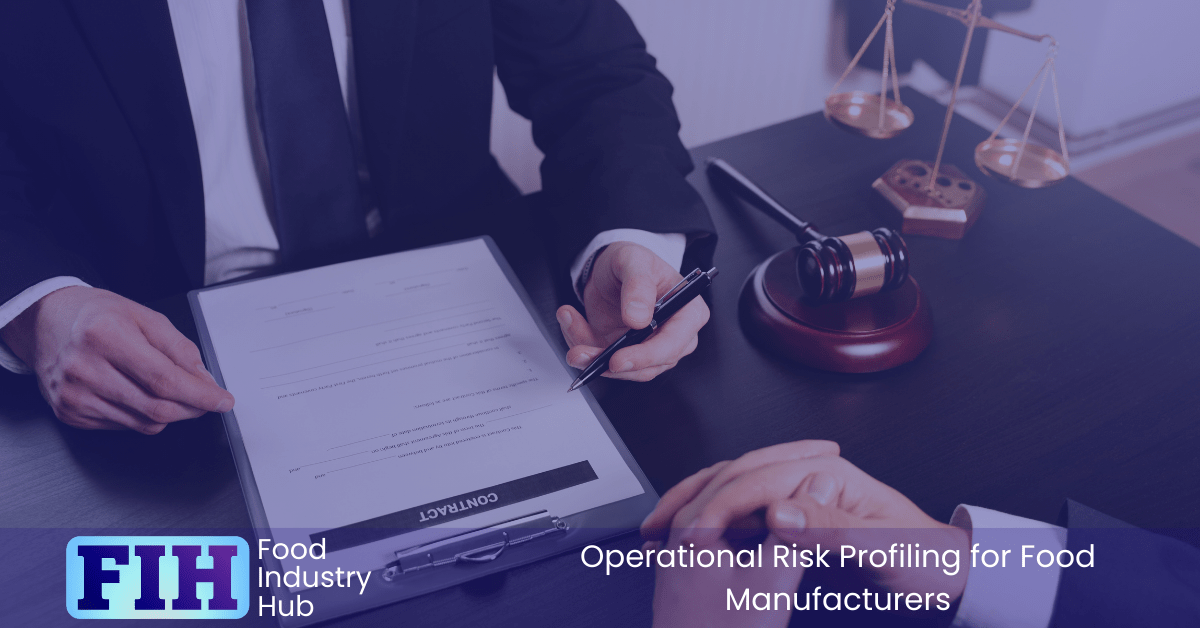
Food Authenticity Risks
The food presented to the customer must match exactly the expectations formed by a combination of messaging from the brand owner (e.g. specifications, product labels, and marketing campaigns) and more generic expectations held by the market (for example, there are compositional expectations that apply to ‘milk chocolate’ in the UK and EU that are established by regulations that apply to all foods placed onto the market with ‘milk chocolate’ as their legal designation).
Inauthentic food placed onto the market can have disastrous financial, ethical, legal, and humanitarian consequences – with high profile examples including the 2013 Horsemeat Scandal and the 2008 Chinese Milk Scandal.
Authenticity risks can be both internal and external to a business’ operations – so raw material suppliers may deliver inauthentic food and compromise the authenticity of the business’ finished products; and/or the business may fraudulently place onto the market food that has been made inauthentic as a direct result of the business’ processes. Our article, Food Fraud: Motivations and Influencers addresses some factors that can impact a business’ food authenticity risk profile, putting aside the obvious economic motivators.
Mitigation for food authenticity risks depends on the ability of the business to source authentic raw materials and operate in a way that results in all products legitimately fulfilling the obligations formed from labelling and marketing communications, as well as regulatory and conventional expectations held by the market. This can be very difficult to effectively manage, because many food authenticity risks are born out of deliberate actions carried out by individuals working against the interests of the business and its management – making them challenging to identify and eliminate.
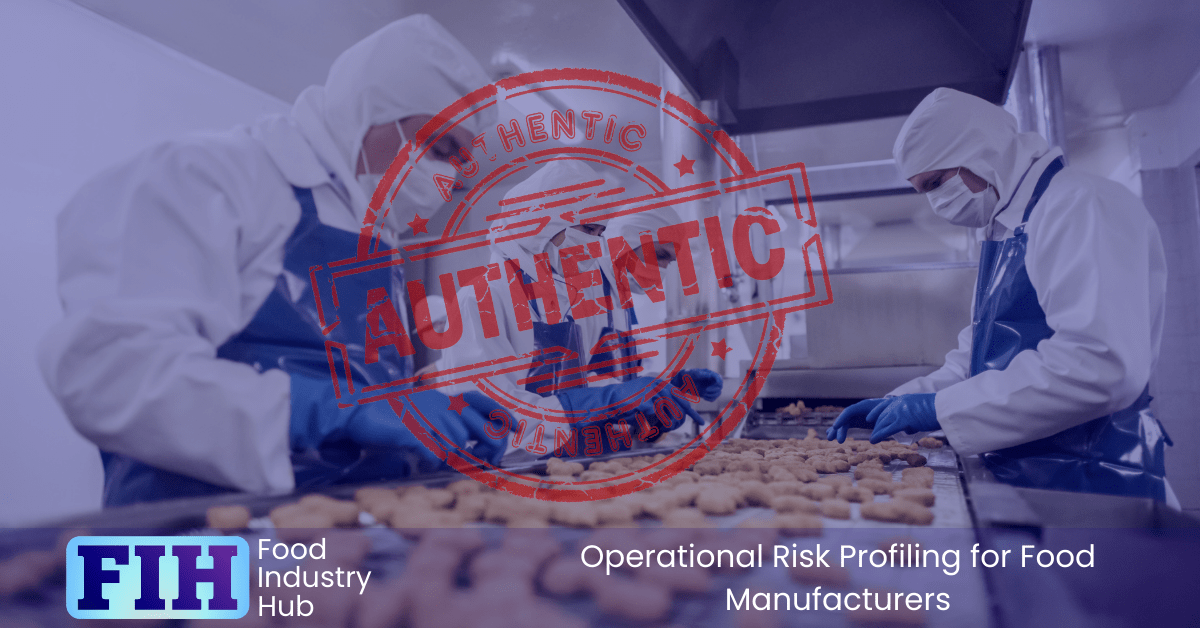
In Summary
All food businesses have an obligation to safeguard product safety, quality, legality, and authenticity. Managing risks across these concerns is a technically complex undertaking, because risk factors must be understood in isolation (e.g. food materials and processing equipment can be risk-assessed independently of the process) as well as in context (e.g. microbiological risk can vary by processing step, relative to a kill step such as thermal processing).
An optimum risk profile can only be achieved by aligning all systems and processes toward the manufacture of safe products, produced to the desired quality, compliant with regulatory demands, and that fulfil the expectations of the customer.
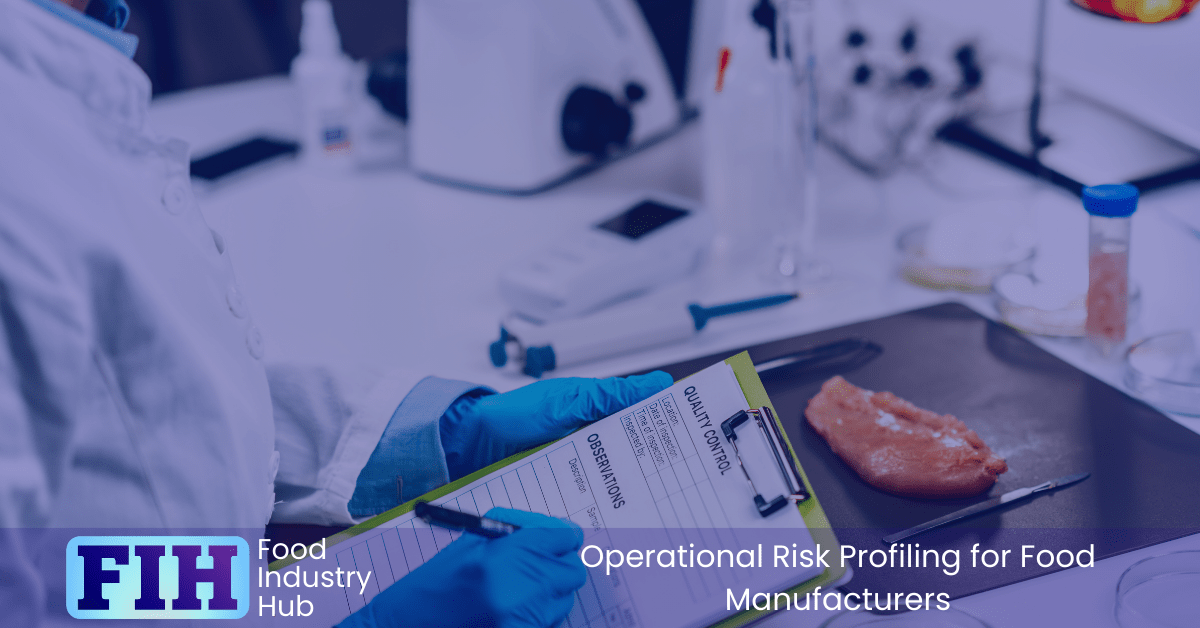
Further Resources
Food Industry Hub serves the food industry with a range of digital resources for the benefit of both commercial food manufacturers and food industry professionals.
For food manufacturers, we offer integrated management systems that give every user a direct interface with your QMS.
For food industry professionals, we provide an extensive signposting service in addition to informational content we hope you’ll find useful as you face new professional challenges. We have very ambitious plans to expand the range of services offered, and currently present informational content on management, safety and quality, and professional success.
